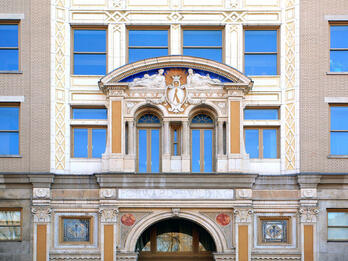Jabłonów Wooden Synagogue
Alois Breier
1910
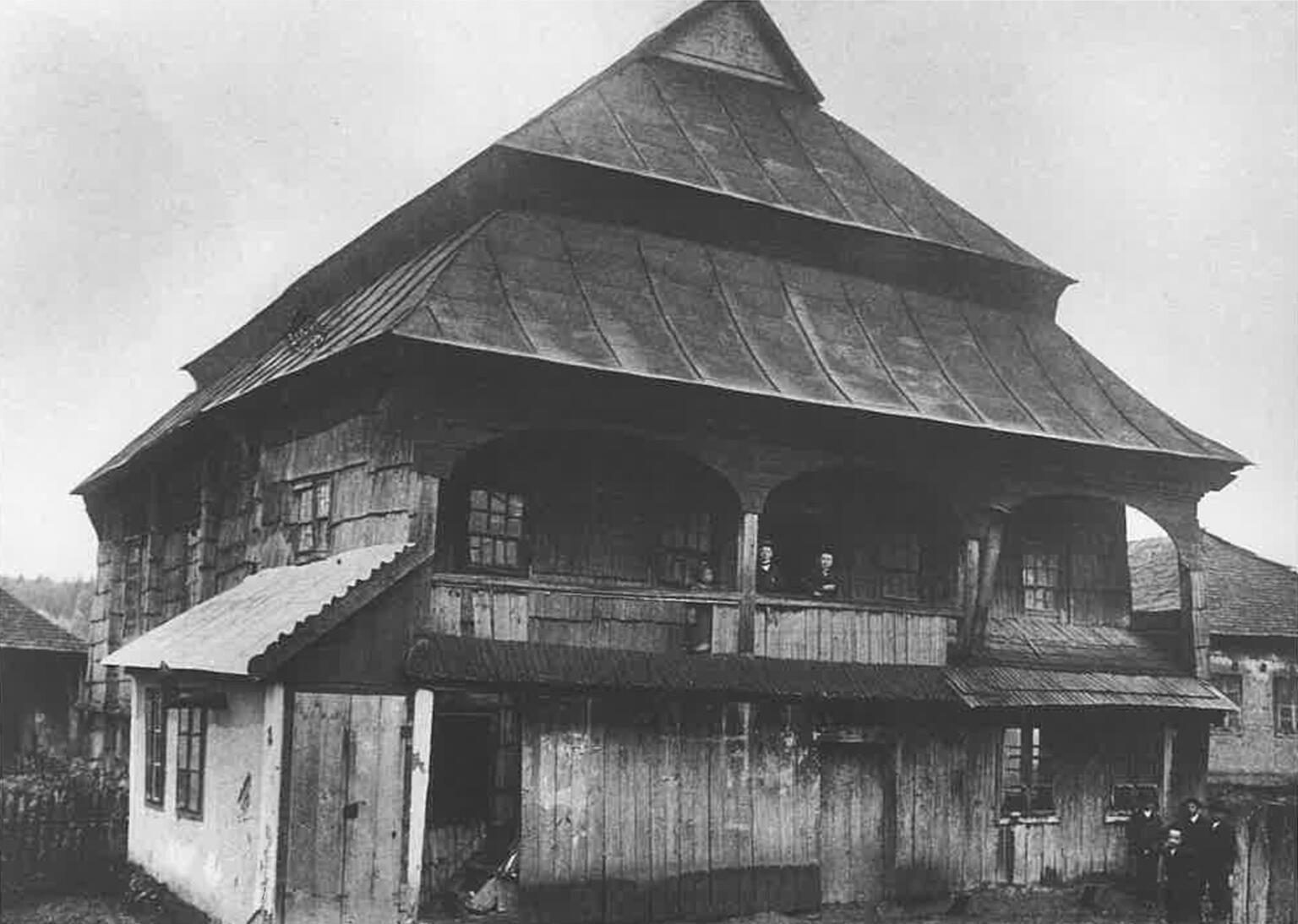
Creator Bio
Alois Breier
Born into a Roman Catholic family in Vöslau (today Bad Vöslau, Austria), Alois Breier studied at the Technische Hochschule of Vienna from 1903 to 1908. In 1910, he began doctoral studies under the supervision of the noted art historian Josef Neuwirth (1855–1934) and the architecture historian Max von Ferstel (1859–1936). Between 1910 and 1913, Breier traveled throughout Galicia to document wooden synagogues, a unique genre of Jewish vernacular architecture that developed as early as the fifteenth century. Once common in Eastern European Jewish communities, almost all wooden synagogues were destroyed during the First and Second World Wars, leaving only photographs like those made by Breier to document their existence. In 1934, he published a book in German, later translated into English, on this subject. In 1937, Breier donated his original works to the Tel Aviv Museum of Art.
Places:
You may also like
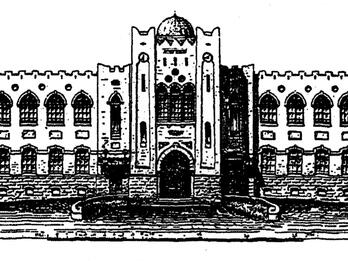
Herzliya Hebrew Gymnasium
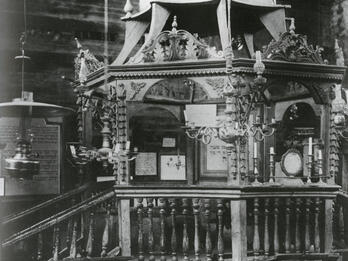
The Bimah at the Wooden Synagogue, Kamionka Strumiłowa
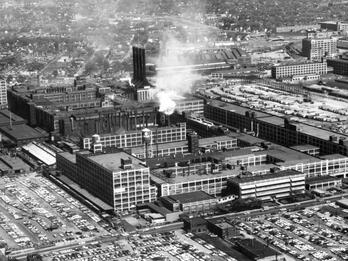
Dodge Brothers Corporation
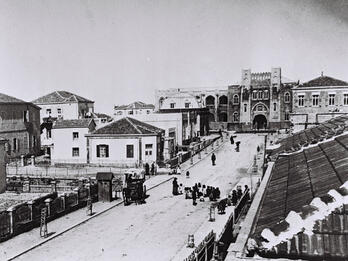
Tel Aviv Street
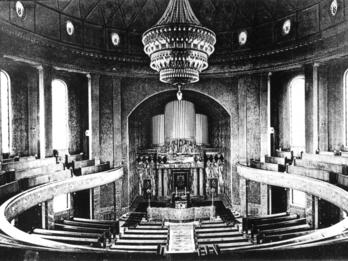
Synagogue (Mainz)
